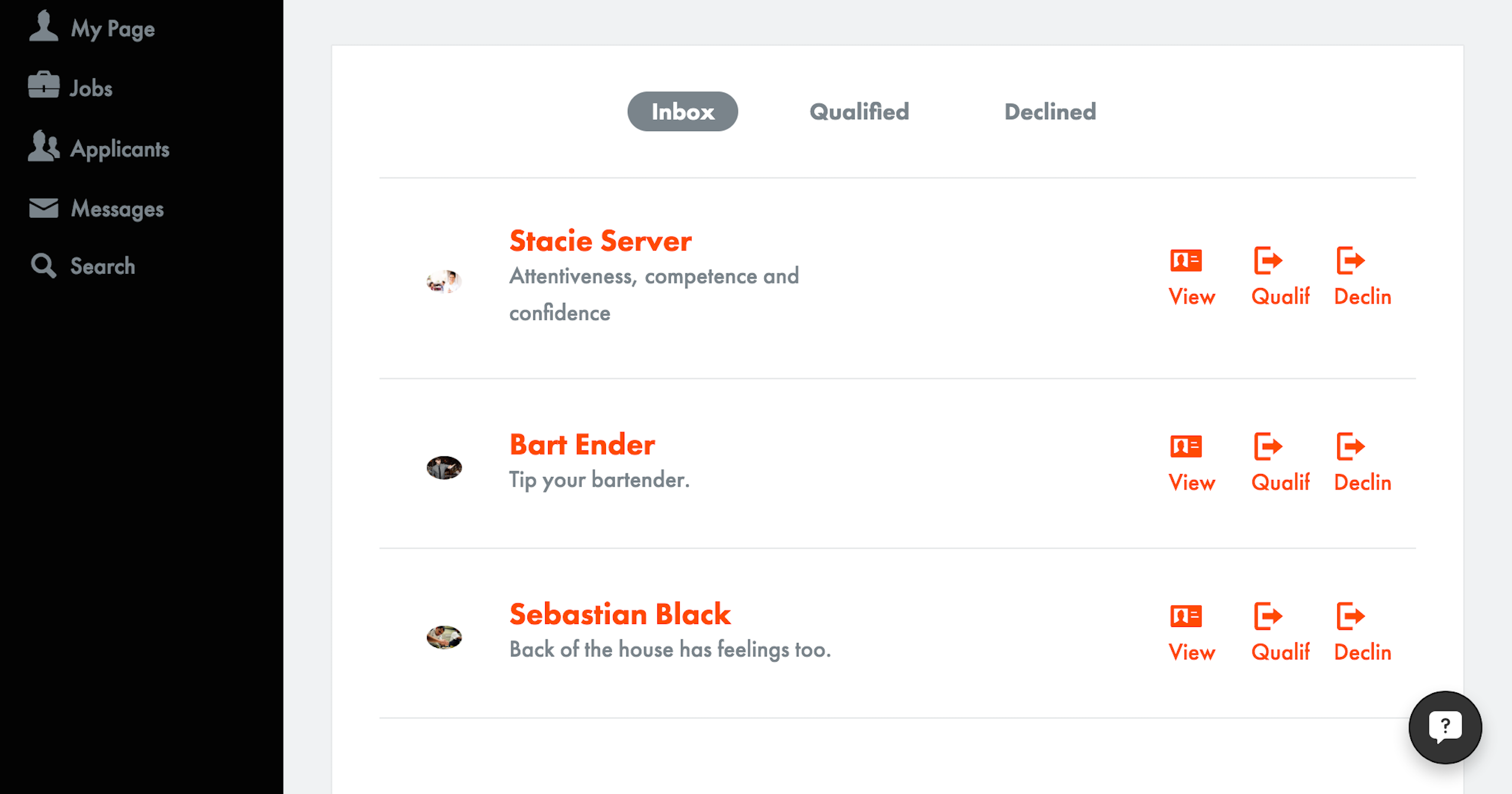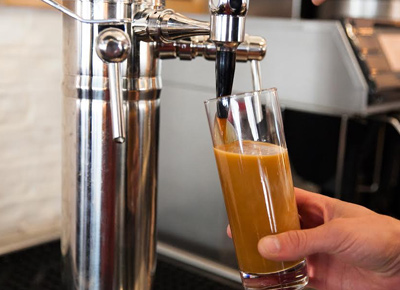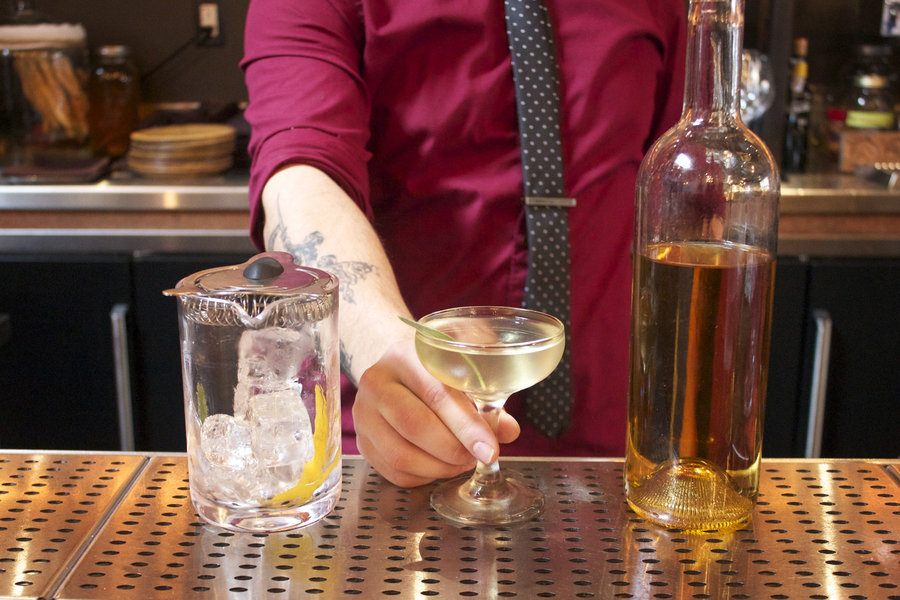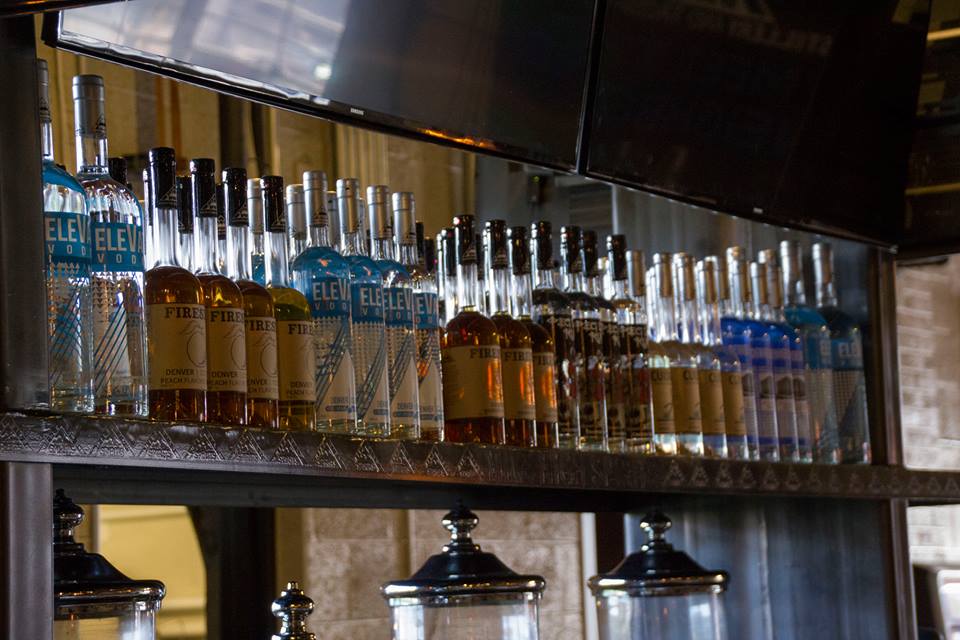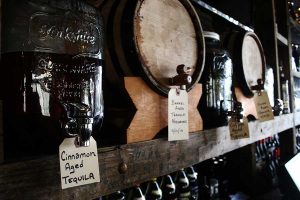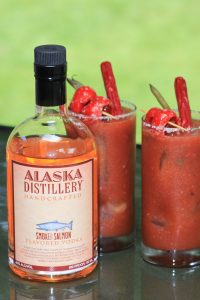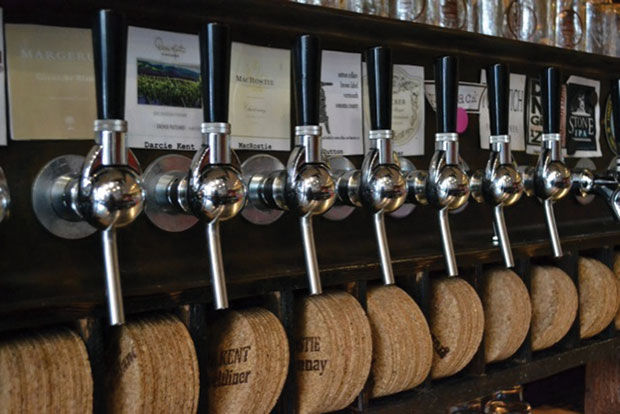Post Jobs For Free On Sirvo
Post your company’s jobs on Sirvo free for a limited time.
Sirvo is not your typical job board. We not only provide businesses with the tools to make better hiring decisions without wasting precious resources, but also do more to make sure applicants keep coming to you. Take advantage by creating your free business profile today! Offer expires Feb 10th, 2016!
Our Features
Business Pages
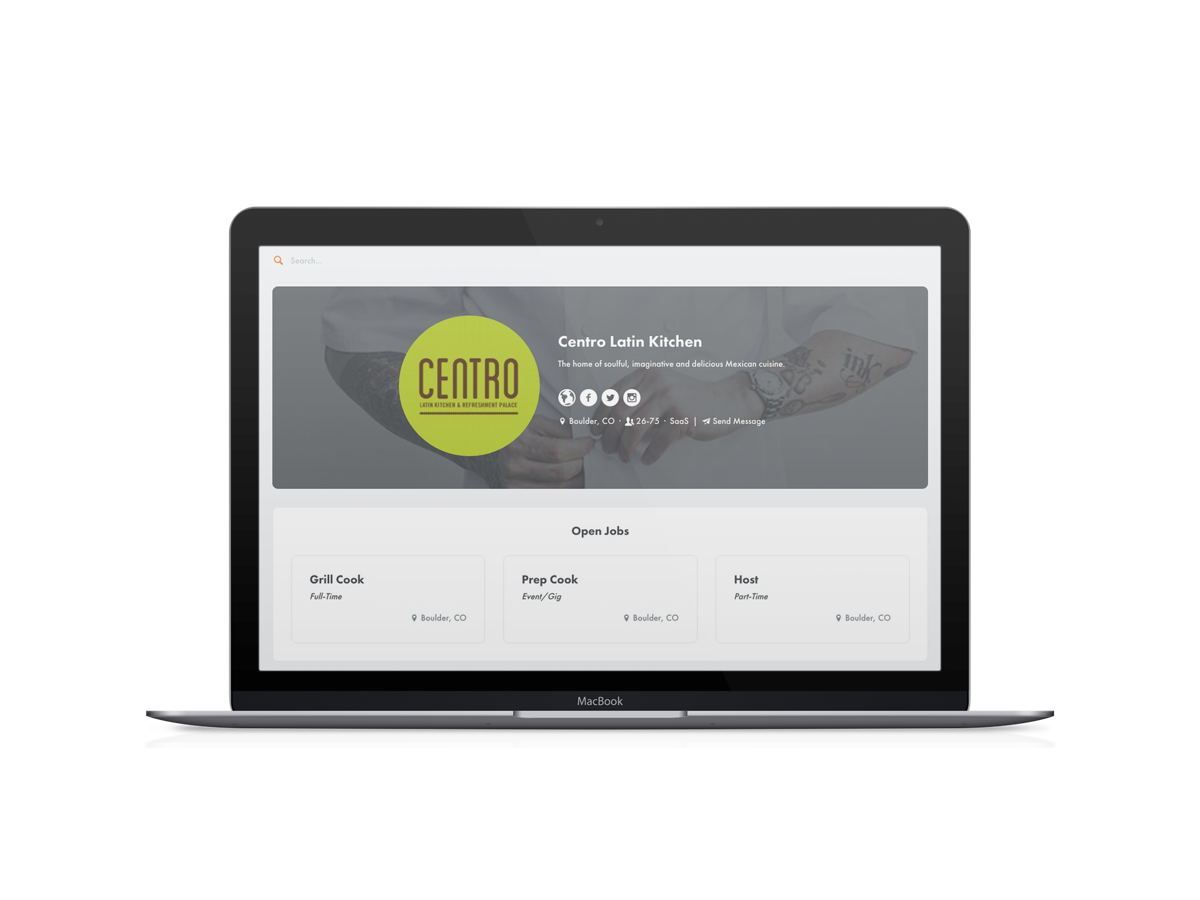
Businesses on Sirvo have business pages where information and current openings are listed. A business’s page is essentially their hosted careers site; the page, as well as the job listings, are accessible to the public, so both users and non-users can discover open positions.
This helps companies increase their reach to job seekers. Businesses can easily advertise their open jobs on the web and social media by sharing their page’s link, and professionals can click on a job to get more information. This means businesses don’t have to worry about their jobs getting buried under an ever-growing list of more recent postings.
Multi-Location and Multi-Admin Functionality
Once a business page is created, the owner can invite additional administrators to help manage the page. Admins can do everything that the owner can besides grant admin privileges. This includes publishing and archiving job listings, reviewing applications, using the applicant tracking system, and messaging. So, whether hiring is done collaboratively or by expertise, it can be a team effort with Sirvo.
Sirvo allows users to create multiple business pages, which is ideal for businesses with several locations. By simply creating a page for each location, businesses are able to delegate hiring responsibilities, post jobs according to location, and give job seekers easy access to location information.
Applicant Tracking System
The application process, from applying to reviewing applications, is hassle-free on Sirvo. Job seekers apply in-app with professional profiles that include photos, work history, skills, and interests. Once submitted, applications are delivered straight to the applicant tracking system inbox and sorted by job listing, keeping them organized. Page admins can then review applications and sort candidates based on whether or not they’re in the running.
The ATS not only helps businesses manage applications but also makes it easy to hone in on the most qualified candidates so that when it’s time to make the call on who to hire, there’s confidence that it’s the right choice.
Messaging
Sirvo also provides a messaging hub to centralize communication. Each business page has its own message inbox accessible by all page admins from which messages can be sent and received. This gives employers and job seekers an easy way to get in touch with each other, whether it’s an invitation to interview or a question about a job listing while keeping everyone on the hiring team in the loop.
Added benefits of joining Sirvo
At Sirvo, we know that an easier hiring process is only half the battle. Businesses that are hiring also need to engage job seekers on a broader level. That’s why we send out our e-newsletters advertising your open positions, continually share your openings across our social channels and even post jobs to Craiglist at no additional cost to you!
Register your business today to access all of our great features free for a limited time! Offer expires 02/10/2016
Register your business today →
What people are saying:
“We have had success with applicants that have applied for all of our positions. Since Sirvo is new and hip I feel like it attracts people that are more on brand with our company than other staffing services available.” – Paulina Szafranski, Lotus Concepts
“It’s so convenient!!” – James G., Sirvo User
More questions? Simply email us at [email protected].
